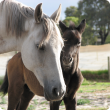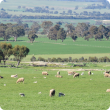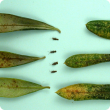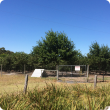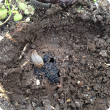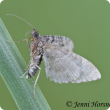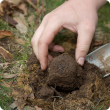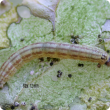Filter by regions:
- Great Southern (395) Apply Great Southern filter
- South West (387) Apply South West filter
- Mid West (370) Apply Mid West filter
- Wheatbelt (344) Apply Wheatbelt filter
- Peel (340) Apply Peel filter
- Perth regions (314) Apply Perth regions filter
- Goldfields-Esperance (289) Apply Goldfields-Esperance filter
- Gascoyne (218) Apply Gascoyne filter
- Kimberley (176) Apply Kimberley filter
- Pilbara (169) Apply Pilbara filter

